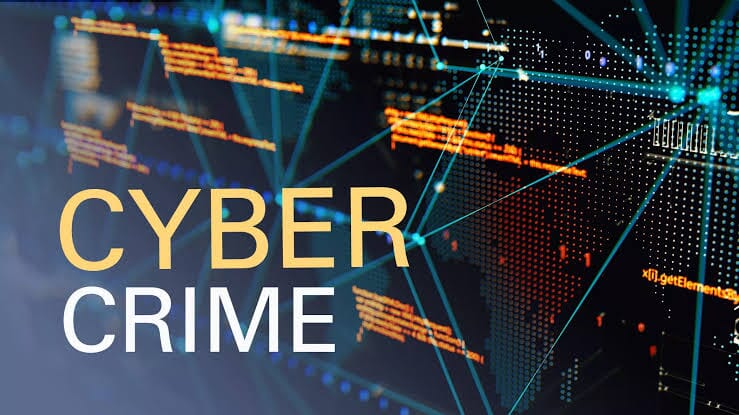The Role of the Dark Web in Cybercrime: A Hidden Ecosystem of Illicit Activity

Introduction
The dark web, a concealed part of the internet accessible only through specialized software like Tor, has become a hub for various cybercriminal activities. Its anonymity and encryption features provide a safe haven for illicit operations, making it a significant concern for cybersecurity experts and law enforcement agencies worldwide.
Illicit Marketplaces and Services
Dark web marketplaces facilitate the trade of illegal goods and services, including drugs, weapons, counterfeit documents, and stolen data. These platforms often operate similarly to legitimate e-commerce sites, complete with user reviews and escrow services. Notable examples include the now-defunct Silk Road and AlphaBay, which were dismantled by international law enforcement efforts.
Cybercrime-as-a-Service
The dark web has enabled the rise of Cybercrime-as-a-Service (CaaS), where individuals can purchase hacking tools, malware, and even hire hackers for specific tasks. This commoditization lowers the barrier to entry for cybercriminals, allowing even those with minimal technical skills to engage in cyberattacks.
Data Breaches and Identity Theft
Stolen personal and financial data from data breaches are commonly sold on the dark web. Cybercriminals use this information for identity theft, financial fraud, and further cyberattacks. The availability of such data fuels a cycle of cybercrime, with new breaches leading to more data being traded and exploited.
Ransomware and Extortion
Ransomware attacks have become increasingly prevalent, with cybercriminals using the dark web to distribute ransomware tools and negotiate ransom payments. Victims are often directed to dark web sites to pay ransoms in cryptocurrencies, making transactions difficult to trace and recover.
Anonymity and Encryption
The dark web's architecture relies on anonymity and encryption to protect users' identities and activities. While these features are beneficial for privacy advocates and whistleblowers, they also shield cybercriminals from detection and prosecution, complicating efforts to combat cybercrime.
Law Enforcement Challenges
Law enforcement agencies face significant challenges in policing the dark web due to its anonymous nature and the use of cryptocurrencies. Operations to infiltrate and dismantle dark web marketplaces require extensive resources and international cooperation. Despite successes in taking down major platforms, new ones often emerge to take their place.
Conclusion
The dark web plays a critical role in facilitating cybercrime, offering a platform for the exchange of illicit goods, services, and information. Addressing the threats posed by the dark web requires a multifaceted approach, including technological solutions, legal frameworks, and international collaboration to disrupt and deter cybercriminal activities.